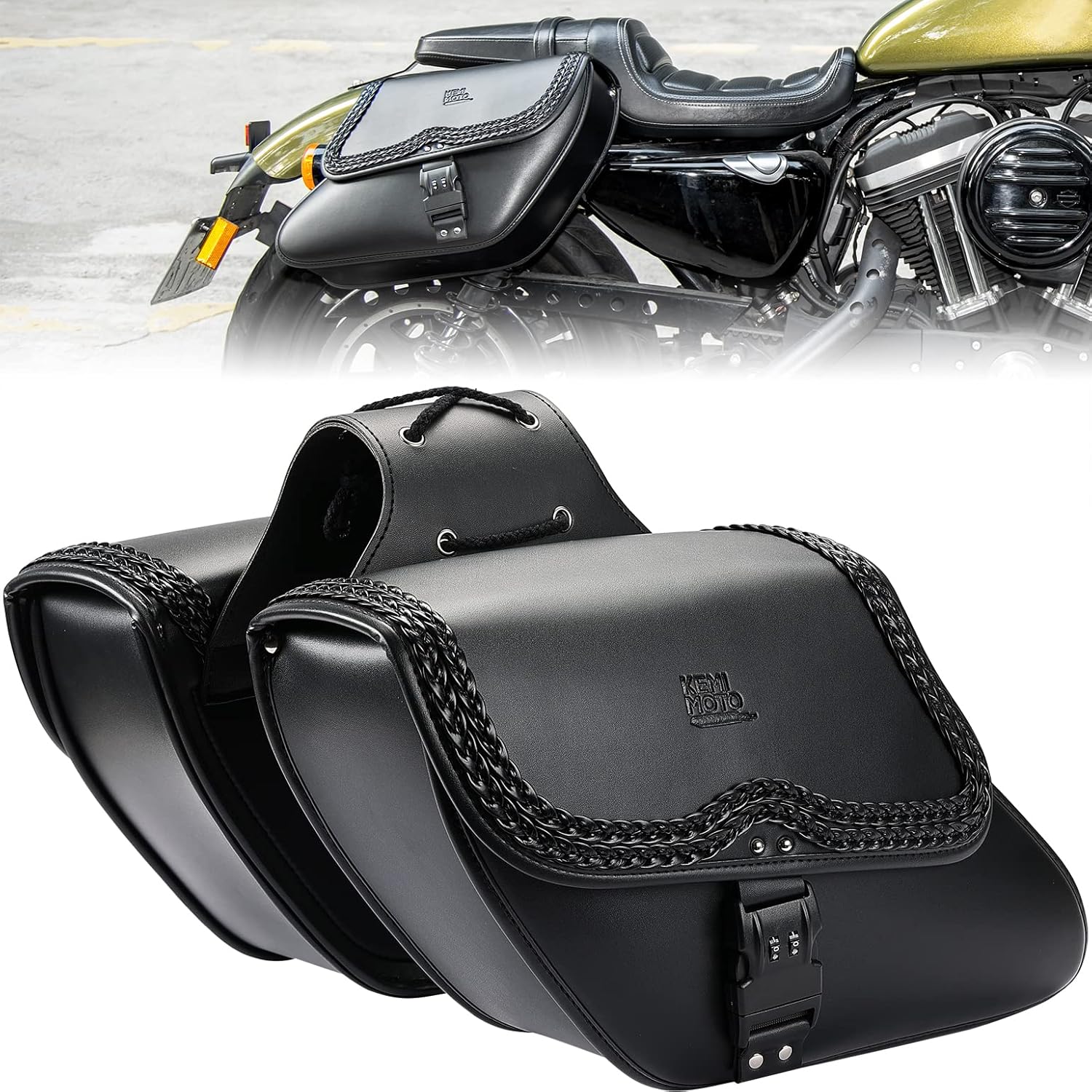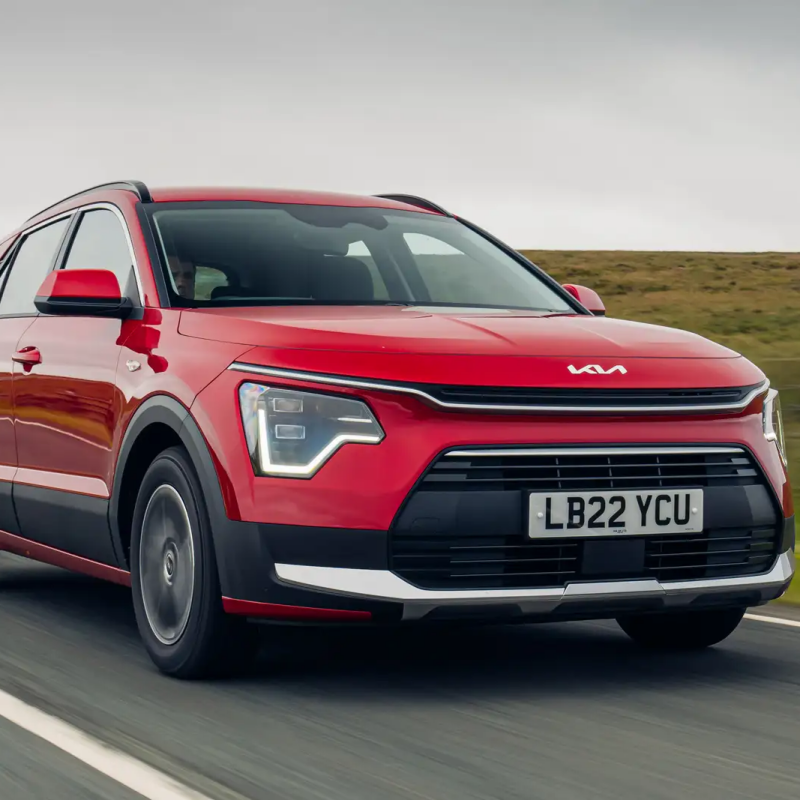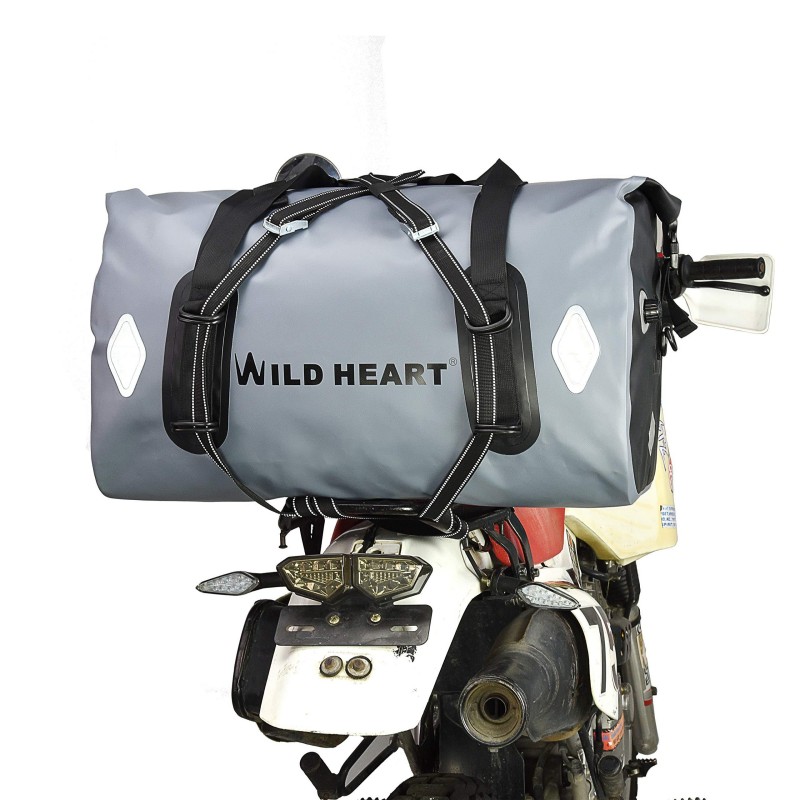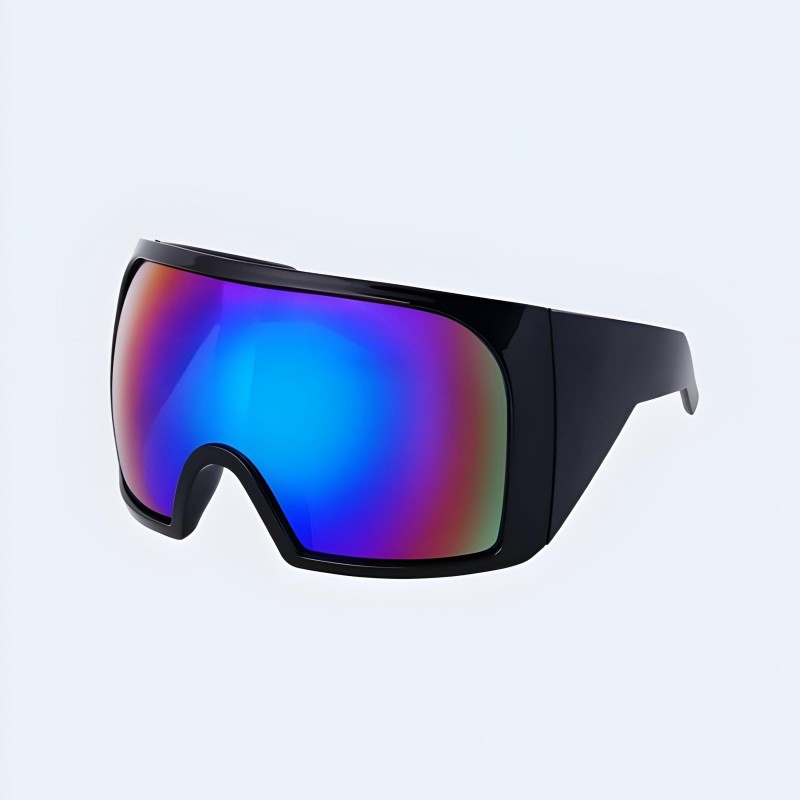When you ask, what are saddle bags, the answer goes beyond a simple definition. These practical storage units attach to the sides of a bicycle or motorcycle seat. They hang like panniers and offer easy access to personal items while riding. Originally inspired by horseback riding gear, modern versions serve cyclists and motorcyclists alike. Whether commuting, touring, or running errands, saddle bags provide secure, balanced storage without slowing you down.
Today’s saddle bags come in many shapes, sizes, and materials. Some are made for short trips. Others support long-distance adventures. They carry everything from tools and spare tubes to groceries and laptops. Because they mount directly behind the rider, they maintain bike balance better than backpacks. This reduces strain on the back and shoulders. As more people choose two-wheeled transport, understanding what are saddle bags becomes essential for smart gear selection.
Why Riders Choose Saddle Bags Over Other Storage Options
Comfort, Balance, and Easy Access During Rides
One major reason riders prefer saddle bags is comfort. Unlike backpacks, they don’t press against your back. This prevents sweating and overheating during long rides. You also avoid shoulder and neck fatigue. The weight transfers directly to the bike frame.
Balance is another key benefit. Backpacks shift with body movement. Saddle bags stay fixed on either side of the rear wheel. This keeps the center of gravity low and stable. It improves handling, especially on curves or rough roads.
They also offer quick access. Most models open from the top or side. You can grab your phone, wallet, or snacks without dismounting. Some have zippers, flaps, or magnetic closures. These keep contents secure while allowing fast retrieval.
Additionally, they free up your hands. With items stored behind you, you ride with full control. There’s no need to hold a bag or adjust straps constantly. This increases safety and focus on traffic.
Rain protection is built into many designs. Waterproof fabrics and roll-top seals prevent water damage. Some include removable liners or rain covers. This ensures your electronics and documents stay dry.
Because of these advantages, saddle bags outperform other options. Hence, knowing what are saddle bags helps riders make informed choices.
Different Types of Saddle Bags for Bicycles and Motorcycles
Bike Panniers, Soft Motorcycle Bags, and Hard Cases
Saddle bags vary widely based on use and vehicle type. For bicycles, panniers are common. These soft-sided bags clip onto racks mounted behind the seat. They come in matching pairs. Most use durable polyester or nylon with reflective strips. Commuters love them for carrying work gear or shopping items.
Some bike saddle bags are small and minimalist. Known as frame bags or seat packs, they sit under the saddle. These hold tire levers, CO2 cartridges, or energy bars. They suit road cyclists who want lightweight storage.
For motorcycles, two main types exist: soft saddlebags and hard saddlebags. Soft versions are made from reinforced fabric. They zip closed and attach with straps. These are affordable and removable. Riders take them into stores or hotels.
Hard saddlebags are rigid cases made from plastic or metal. They mount permanently to the bike. Often called “touring cases,” they lock securely. These protect valuables and withstand harsh weather. Many Harley-Davidson and touring bikes come with them pre-installed.
Universal fit kits allow customization. Aftermarket brands like Kriega or Ortlieb offer modular systems. You can mix sizes and mounting styles.
Each type suits different needs. Choosing the right one depends on your riding style and cargo demands.
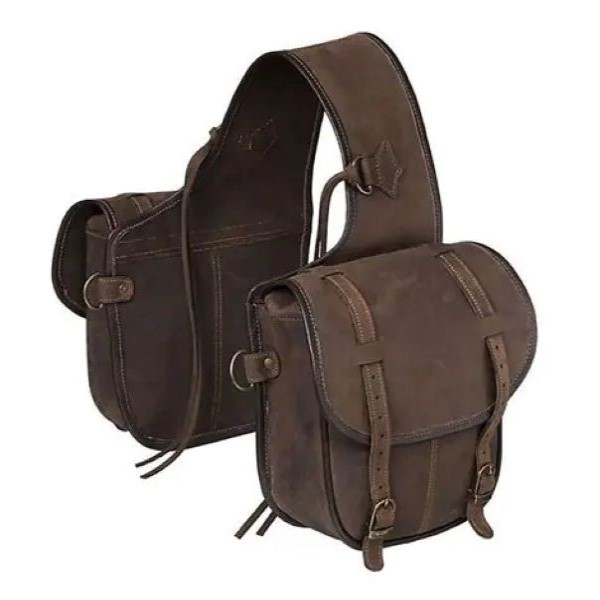 How to Install and Secure Saddle Bags Properly
How to Install and Secure Saddle Bags Properly
Mounting Systems, Fit Checks, and Safety Tips
Installing saddle bags correctly ensures safety and performance. First, check compatibility. Not all bags fit every bike. Measure your rear rack width or frame clearance before buying.
For bicycles, most panniers use quick-release clips. These snap onto metal or plastic rails. Tighten until there’s no wobble. Shake the bag gently to test stability. If it moves, readjust the bracket position.
Motorcycle soft bags often use straps and buckles. Wrap them around passenger pegs or fender mounts. Pull tight and lock the clips. Avoid loose ends that could catch in the chain or wheel.
Hard cases require brackets and bolts. Follow the manufacturer’s guide step by step. Use thread-locker on screws to prevent loosening from vibration. Test ride at low speed first. Check for rubbing or noise.
Always distribute weight evenly. Load both sides with equal mass. Uneven loads cause drifting or poor cornering. Place heavier items low and centered.
Before each ride, inspect mounts and zippers. Look for frayed straps or worn stitching. Replace damaged parts immediately.
Never overload the bags. Exceeding capacity stresses mounting points. It may lead to sudden detachment. Stick to the recommended weight limit.
With proper installation, saddle bags remain safe and functional for years.
Materials and Features That Make Quality Saddle Bags
Waterproof Fabrics, Reflective Details, and Interior Organization
The best saddle bags use durable, weather-resistant materials. Heavy-duty 600D polyester resists tears and abrasions. Coated with polyurethane (PU), it blocks rain and moisture. Some models add Teflon finishes for stain resistance.
Nylon ripstop is lighter but still strong. It prevents small rips from spreading. This is ideal for travel where gear faces constant friction.
Zippers should be large and coated. YKK zippers are industry standard. They glide smoothly and resist rust. Water-resistant zipper flaps add extra protection.
Reflective strips improve visibility. These appear on sides, front, and back. They reflect car headlights at night. This boosts safety during evening rides.
Interior pockets keep items organized. Mesh compartments hold phones or keys. Elastic loops secure multitools or flashlights. Larger sections fit notebooks or clothing.
Padding adds structure. Foam-lined walls protect fragile items. They also help the bag hold its shape when empty.
Roll-top closures seal tightly. These fold over and clip shut. They expand slightly for bulky loads.
Ventilation panels reduce condensation. These tiny holes let air flow without letting water in.
All these features increase usability and lifespan.
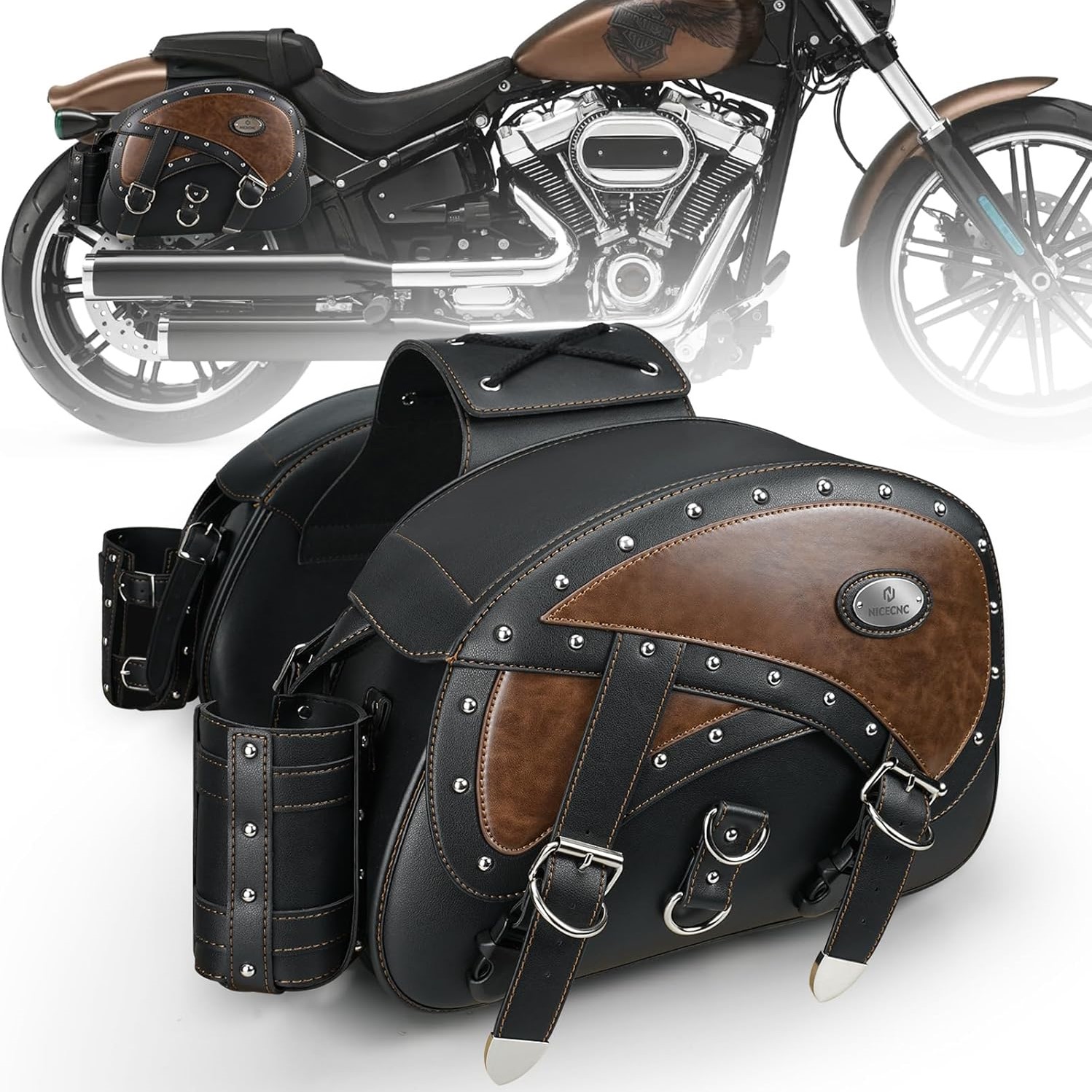 Common Uses for Saddle Bags in Daily Life and Adventure
Common Uses for Saddle Bags in Daily Life and Adventure
Commuting, Touring, and Errand Running
Saddle bags serve many real-world purposes. For commuters, they replace backpacks. Cyclists carry laptops, lunch boxes, and jackets. No sweat marks or back pain. Rainproof models keep electronics safe in storms.
Long-distance touring riders depend on them. They pack clothes, toiletries, and repair kits. With panniers, they travel light and self-sufficient. Some carry enough for weeks on the road.
Motorcyclists use them for weekend getaways. Instead of trailers, they load soft bags with gear. Helmets, gloves, and camping supplies fit easily. Detachable models go straight into motels.
Grocery shoppers appreciate their utility. Fill both sides with produce and pantry items. No need for a car trip. Many cities now promote bike-based errands.
Emergency preparedness is another use. Store first aid kits, flashlights, and power banks. These become mobile survival packs.
Students use small saddle bags for books and tablets. They avoid heavy backpacks. Parents attach them to kids’ bikes for school runs.
Even delivery riders rely on them. Food couriers keep meals upright and warm. Lockable versions prevent theft.
From urban runs to mountain trails, saddle bags adapt to any mission.
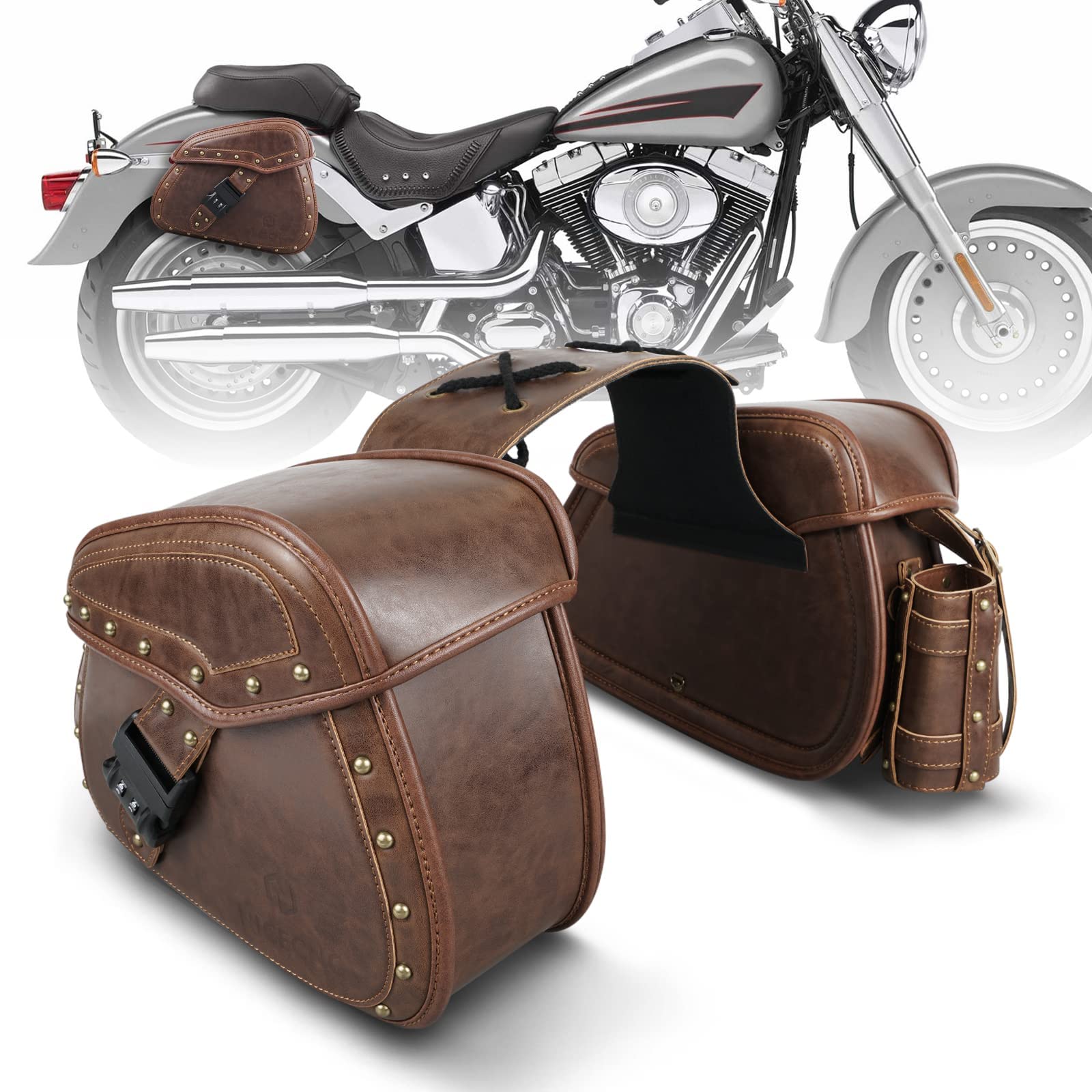 How to Maintain and Care for Your Saddle Bags
How to Maintain and Care for Your Saddle Bags
Cleaning, Storage, and Long-Term Durability
Proper care extends the life of your saddle bags. Clean them regularly. Wipe down the exterior with a damp cloth. Use mild soap for stubborn dirt. Avoid bleach or harsh chemicals.
Let them air dry completely before storing. Never leave wet bags in a garage or shed. Moisture causes mold and weakens fabric. Unzip all compartments to speed drying.
Check straps and buckles monthly. Look for cracks or stretching. Replace worn hardware early. Prevent sudden failure during rides.
Store in a cool, dry place. Hang or lay flat. Avoid folding sharply. Creases weaken material over time. Keep away from rodents and pests.
Remove batteries from built-in lights. Long-term storage drains cells. It may cause leaks that damage circuits.
Inspect zippers often. Lubricate with silicone spray if stiff. Do not force a stuck zipper. This can break teeth.
Avoid overloading. Even strong bags wear faster under constant stress. Respect weight limits.
Repair small tears quickly. Use patch kits designed for outdoor gear. Sew or glue before holes grow.
With routine attention, quality saddle bags last for thousands of miles.
Frequently Asked Questions About Saddle Bags
Can I use bike saddle bags on any bicycle?
No. Check rack size and frame clearance. Some frames block bag placement. Fenders may interfere too.
Are saddle bags waterproof?
Many are water-resistant. Fully waterproof ones have sealed seams and roll-top closures. Look for IPX4 or higher ratings.
Do they affect bike handling?
Only if poorly installed or unbalanced. Properly mounted bags improve stability.
Can I lock motorcycle saddle bags?
Yes. Hard cases often include locks. Soft bags use zipper pulls that accept small padlocks.
How much weight can they hold?
Bike panniers: 10–20 lbs per side. Motorcycle bags: 15–35 lbs depending on model.
Are they only for touring?
No. Daily commuters, students, and delivery riders use them too.
What’s the difference between saddle bags and tank bags?
Saddle bags go behind the seat. Tank bags sit on the fuel tank. Each serves different storage needs.
Final Thoughts: What Are Saddle Bags and Why You Need One
To sum up, when you ask what are saddle bags, the answer reveals a smart, versatile solution for riders. They offer secure, balanced storage without sacrificing comfort or safety. From city commutes to cross-country tours, they meet diverse needs. Their design has evolved to include weatherproofing, organization, and easy access.
Whether you ride a bicycle or motorcycle, saddle bags improve your experience. They reduce physical strain. They keep essentials dry and organized. Most importantly, they let you travel freely. As sustainable transport grows, so does their value.
Investing in a quality pair pays off in convenience and durability. Choose based on your bike type, cargo needs, and climate. Maintain them well. Then enjoy years of reliable service. And remember, understanding what are saddle bags is the first step toward smarter, more enjoyable rides.

